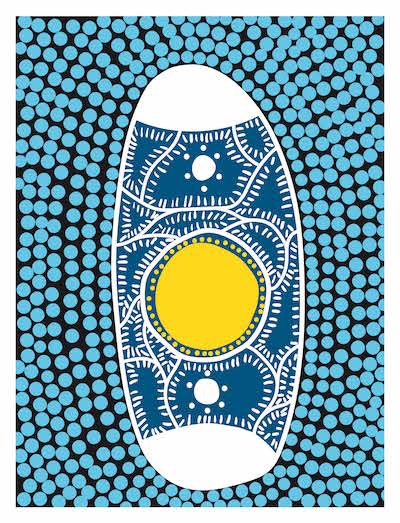
The first Waverley College Cadet Unit, 1911
In 1903, the Commonwealth passed an act of parliament that prescribed the terms under which the newly federated states would manage matters of defence. Based on this, and following a review of existing military facilities, structures and personnel by Lord Kitchener[i], two significant changes were introduced in 1911. The first was the establishment of the Royal Military College at Duntroon. The second was the introduction of a system of universal national training: boys aged 12 to 18 would train as cadets, and men aged 18 to 26 had to serve in the Citizen Military Forces.[ii]

Cadets ‘Passing Out’ in 1947
This heralded the establishment of the Waverley College Cadet Unit, which first came together in 1911. In the Waverley Annual of that year, Brother Conlon noted:
A new development in connection with our College this year has been the establishment of a Cadet Company amongst our pupils. We are indebted for this chiefly to the kindness of Captain Holborrow, to whom we return our sincere thanks. We also beg to thank Sergeant-Major Clayfield for the interest he has taken in, and the gentlemanly feeling he has manifested towards the Cadets.[iii]
The Unit grew quickly, but the increased interest in all things with a military association did not sit well with the entire community.

Cadets marching along Carrington Road in 1947
1866 is usually agreed upon as the foundation year of the Australian Cadet Corps, when St. Mark’s Collegiate School in Sydney moved to Parramatta with its Cadet Unit to become The King’s School.
Following this lead, in the 1870s, State schools in NSW set up Cadet Units, and both military drill and gymnastics were made compulsory elements of the school curriculum. The Cadet movement became popular in the eastern states of Australia and was financed by parents until the difficulties of the Depression in the 1890s.
Amongst Independent Schools, more and more Headmasters came to recognise the Cadet Corps as offering an excellent means of developing character, discipline, school spirit and leadership. No doubt the fear of war and the necessity of constant preparedness played a large part also in the popular support for the Corps in the 19th Century. This same fear prompted the restructuring of the Corps in the years prior to both world wars.
Approval for payment of all expenses in connection with annual camps was only given by the Federal Government in May of 1945, and the title of the Australian Cadet Corps was first adopted in 1951.
The Whitlam Government disbanded the Corps completely in 1975, but many schools continued with training at their own expense. The Corps was re-raised on 1st October 1976, when greater responsibility for the running of their Cadet Units was placed on schools and the community. At the same time, training activities were changed from the totally military emphasis of the early years to adventure type training.
The Unit at Waverley was raised in 1911, under the guidance of Waverley’s notable Headmaster, Brother P. A. Conlon. After being disbanded in 1929, the Unit was raised once again in 1941 with a strength of 55. Under Captain T. C. McMahon, growth was rapid and the Unit strength reached 345.
Until 1947, the Christian Brothers were not members of the Corps, but Brother F. D. Marzorini took command in 1948, establishing a strong tradition of Brothers who contributed so much to the Unit. Amongst these was Brother F.S. Farrell who was in command of the Unit for eleven years from 1957. By this time, the Unit had grown to one of the largest in Australia with nearly 400 cadets.
Waverley was one of the first schools in the State to be re-established when the Corps was reformed in 1976. The present Commanding Officer, Lt Colonel (AAC) P. R. Frost was appointed in 1977 to oversee the re-establishment. Support for the Waverley Unit is provided by our sponsor Army Unit, situated in Randwick, from which the Unit receives tenting, radios and transport when available.
The Unit celebrated the Centenary of its Foundation in 2011 with a ceremonial parade at Victoria Barracks. The Guest of honour on this occasion was General Sir Peter Cosgrove, former Adjutant of the Waverley College Cadet Unit, and former Chief of Defence. At the parade, General Cosgrove presented new flags to the unit that were donated by the Old Boys’ Union.
In 2014, all members of the Unit shared the pride of the occasion when General Cosgrove was appointed as the Governor General of Australia.
[i] Horatio Herbert Kitchener (1850-1916) was a British Field Marshall and colonial administrator who became British Secretary of State for War, and therefore a Cabinet Minister in 1914. He was responsible for the organisation of the British Army.
[ii] Australian War Memorial. See www.awm.gov.au/encyclopedia/conscription accessed 20 January 2014.
[iii] WCA Series 10 Waverley College Annual, 1911; p. 8.



